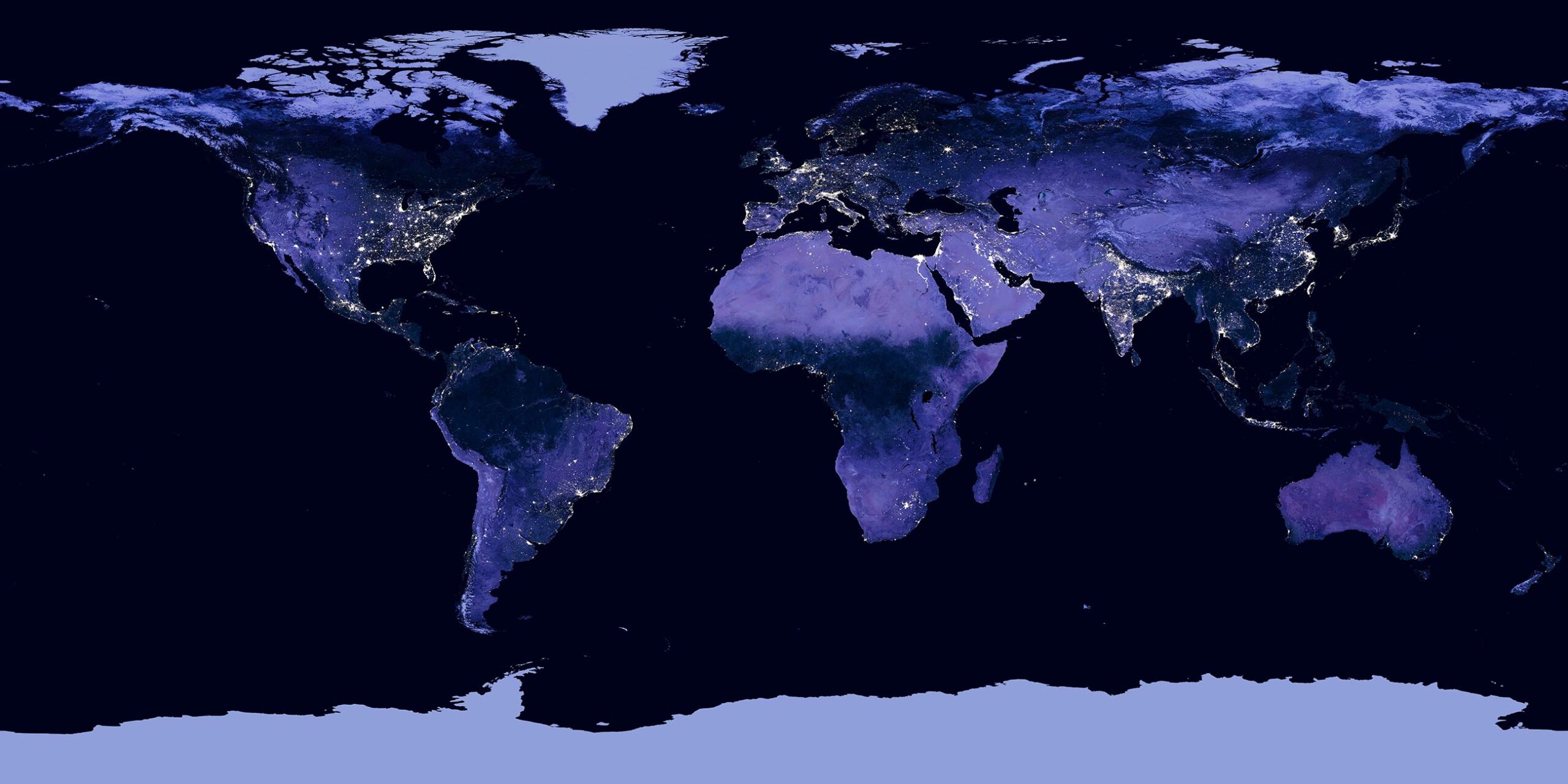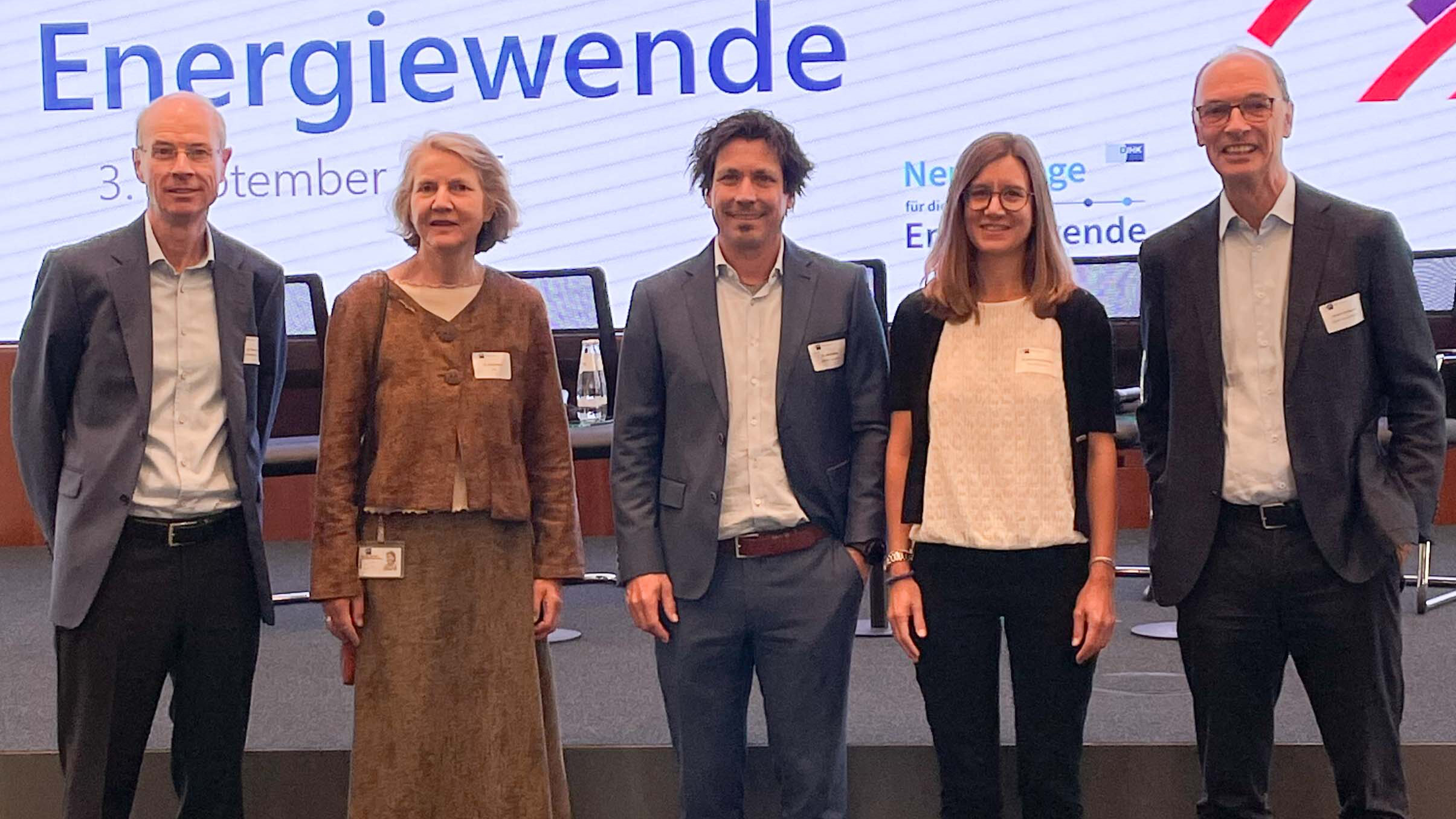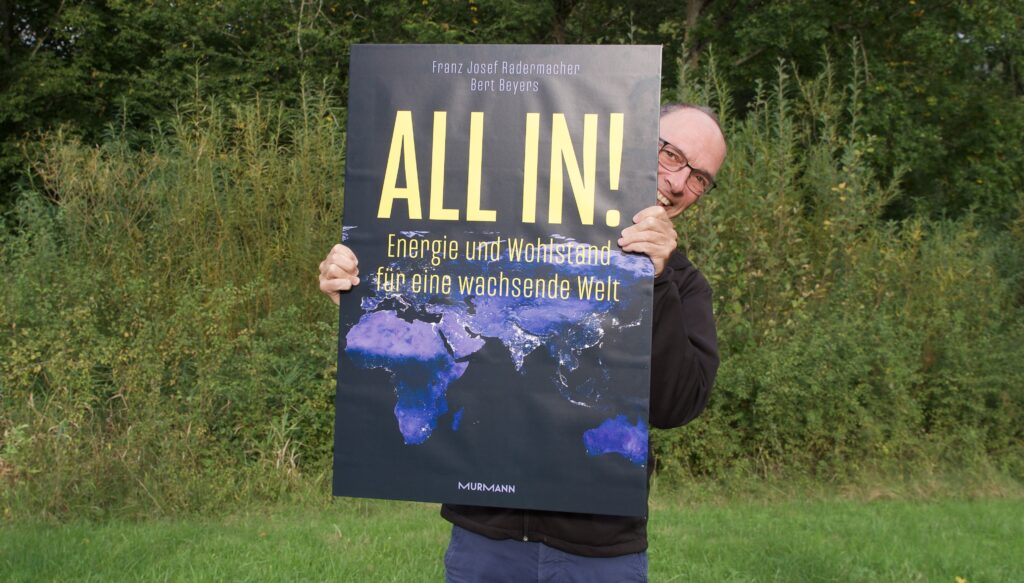GES is in dialogue with an Indian energy expert: Manoj Agarwal lives in India and has many years of experience in the energy industry and had been the Chief Operating Officer (COO) of the then one of the major Indian Power Utility company in the private sector. Today he is a freelance consultant. In his publications, he presents the official position of the Indian government. The fact that India’s path towards Net Zero is of particular importance for achieving the global climate targets is due to the sheer size of the country and its economic dynamism. The climate issue will not be decided in Germany or Europe, but in countries like India.

Manoj Agarwal gave an online presentation on the Indian energy system as part of a GES workshop at the beginning of February, which we are documenting in this newsletter.
There is a spirit of optimism on the Indian subcontinent, the economy is currently growing by seven per cent annually and is expected to continue to do so over the next few years. With 1.4 billion people, India is now the most populous country in the world and this growth is set to continue. The demand for electricity is enormous, coming from remote villages as well as from seething megacities, as Manoj Agarwal says.
In India, 76 per cent of electricity is generated by fossil fuel power plants, 21 per cent comes from renewable sources and three per cent from nuclear energy. The electricity system is responsible for around 40 per cent of the country’s total CO emissions.2
Despite a massive increase in demand for energy, India has declared its willingness to achieve net zero by 2070. In doing so, the government is focussing on a drastic reduction in fossil fuels and a massive expansion of renewables. Their potential there is significantly more productive than in Germany, for example. This applies in particular to photovoltaics, where the usable solar radiation is almost twice as high as in Central Europe.
The Indian energy experts also know that an energy system that is largely based on wind and solar power must manage the volatility of the electricity supply at an acceptable cost – because the sun does not always shine there either and the wind does not always blow. In this context, GES recommends a second “pillar” of reliably controllable energy, for example fossil-fuelled power plants with carbon capture. According to the official Indian position, volatility will be manageable with the help of battery storage. However, this path requires sharply falling prices for storage technologies, a halving of the current cost level of upto two rupees (0.02 euro cents) per kWh as a point of reference and also sufficient access to critical raw materials for batteries. The Indian planners are aware of this. In a price-sensitive market like India, achieving the cost targets will be a prerequisite for the path to Net Zero 2070.
Click here for the documentation of Manoj Agarwal’s presentation:





